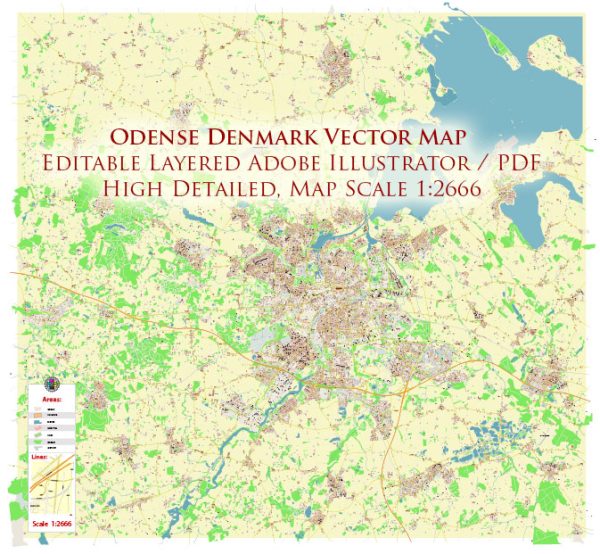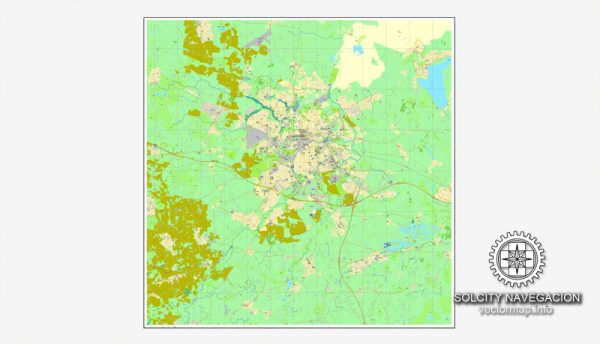Odense, Denmark, has a rich history of urban development that spans over a thousand years. Here is a brief overview of the key historical phases in the city’s growth and transformation:
- Early History:
- Odense’s origins can be traced back to the Viking Age when it was established as a trading post. The earliest recorded mention of the city dates back to the 10th century.
- The name “Odense” is believed to have originated from the Norse god Odin, who was associated with wisdom and poetry.
- Medieval Period:
- During the medieval period, Odense grew as a market town and gained prominence as a center for commerce and trade. The construction of St. Canute’s Cathedral began in the 11th century and played a significant role in the city’s development.
- Hanseatic Period:
- In the 14th and 15th centuries, Odense became a member of the Hanseatic League, a powerful medieval trading alliance. This affiliation contributed to the city’s economic prosperity and cultural exchange.
- Reformation and Renaissance:
- The Reformation in the 16th century had a profound impact on Odense. The city experienced religious and political changes, and monastic institutions were dissolved. Renaissance architecture began to influence the cityscape during this period.
- 17th to 19th Centuries:
- Odense continued to grow as a regional center for trade and administration during the 17th and 18th centuries. The city faced challenges such as fires and plagues, but it managed to rebuild and expand.
- In the 19th century, industrialization had a transformative effect on Odense. The establishment of factories and the growth of the railway network contributed to the city’s economic development.
- 20th Century:
- The 20th century brought further urbanization and modernization to Odense. The city saw expansions in infrastructure, education, and industry. The development of residential areas and modern amenities shaped the urban landscape.
- Contemporary Period:
- In recent decades, Odense has continued to evolve, blending its historical charm with modern developments. Urban renewal projects have revitalized certain areas, and the city has become known for its cultural events, museums, and educational institutions.
- Hans Christian Andersen’s Influence:
- Odense is the birthplace of the renowned fairy tale writer Hans Christian Andersen. His childhood home is preserved as a museum, contributing to the city’s cultural heritage.
Today, Odense stands as a vibrant city with a mix of historical and contemporary elements, showcasing a rich tapestry of its past while embracing the opportunities of the present. The city’s history is reflected in its architecture, cultural institutions, and the daily lives of its residents.



 Author: Kirill Shrayber, Ph.D.
Author: Kirill Shrayber, Ph.D.